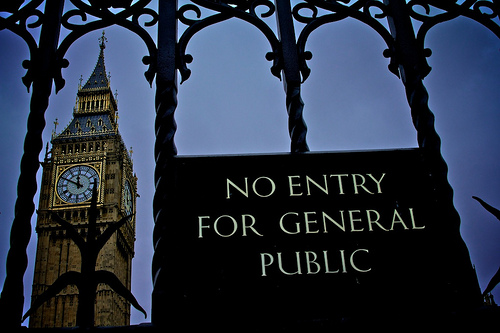Neue Zürcher Zeitung, August 12, 2005
What factors determine newspapers’ success at competing with other media for the public’s attention? Klaus Schönbach, professor at the University of Amsterdam, presented not too long ago a study that casts a comparative glance at German and US newspapers and provides some interesting insight (Journal of Media Economics, vol. 17/2004, pp. 219-227).
That part of the study containing an analysis of German newspapers ties in with surveys conducted in 1995, thus rendering possible a comparison of medium to long term trends. For the study, a total of 60 German newspapers were analysed, more specifically: those 30 with the strongest increase and those 30 with the strongest decrease in circulation, as measured over the last years. Also included in the study were 50 US papers, to facilitate an intercultural comparison of the conditions for success.
As the factors most relevant for German newspapers’ success, Schönbach identifies an uncluttered page design with a generous use of white space, a transparent structuring of paper sections, each with clearly defined content, and the use of colours to guide the reader through the paper. Also favourably received by the German readership is a strong focus on local news and the “community”. Since US papers are already marked by a predominantly local and regional focus, they cannot exploit this factor to “boost” their profile. For them, however, the visual presentation of the news – photographs, infographics, optical inserts – is even more important than for their German counterparts.
A US study found similar, even though not equally clear-cut results: Sooyoung Cho and Esther Thorson, from the University of Missouri, and Stephen Lacy, Michigan State University, analysed the development of circulation for 27 US daily newspapers, all of which had before been qualified as particularly innovative and quality-conscious by trade magazine Editor and Publisher (Newspaper Research Journal, vol. 25, no. 4/Fall 2004, pp. 26-39). Their key finding: investing in editorial staff pays off, with circulation rising at an above-average rate for those papers that increase their staff and attach greater weight to local news and background reporting.
This study is particularly valuable, since it offers a comprehensive overview of the US research so far conducted into the interrelationship between investment in editorial staff and development of circulation – with several studies indicating that there is a positive correlation between the two. However, the one question that’s probably most often on the mind of publishers and media managers remains unanswered: does this long-term increase in circulation turn enough profit to offset the short-term increase in expenses that comes with any investment in editorial staff?
Translation: Oliver Heinemann









































